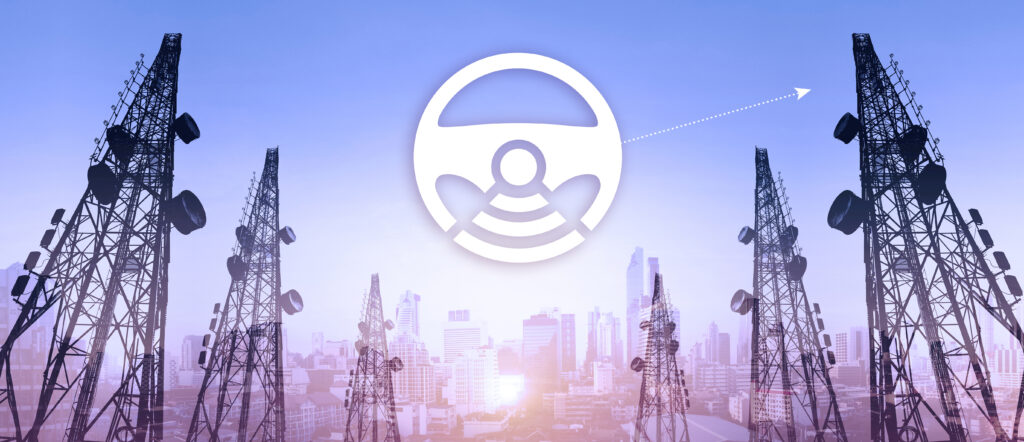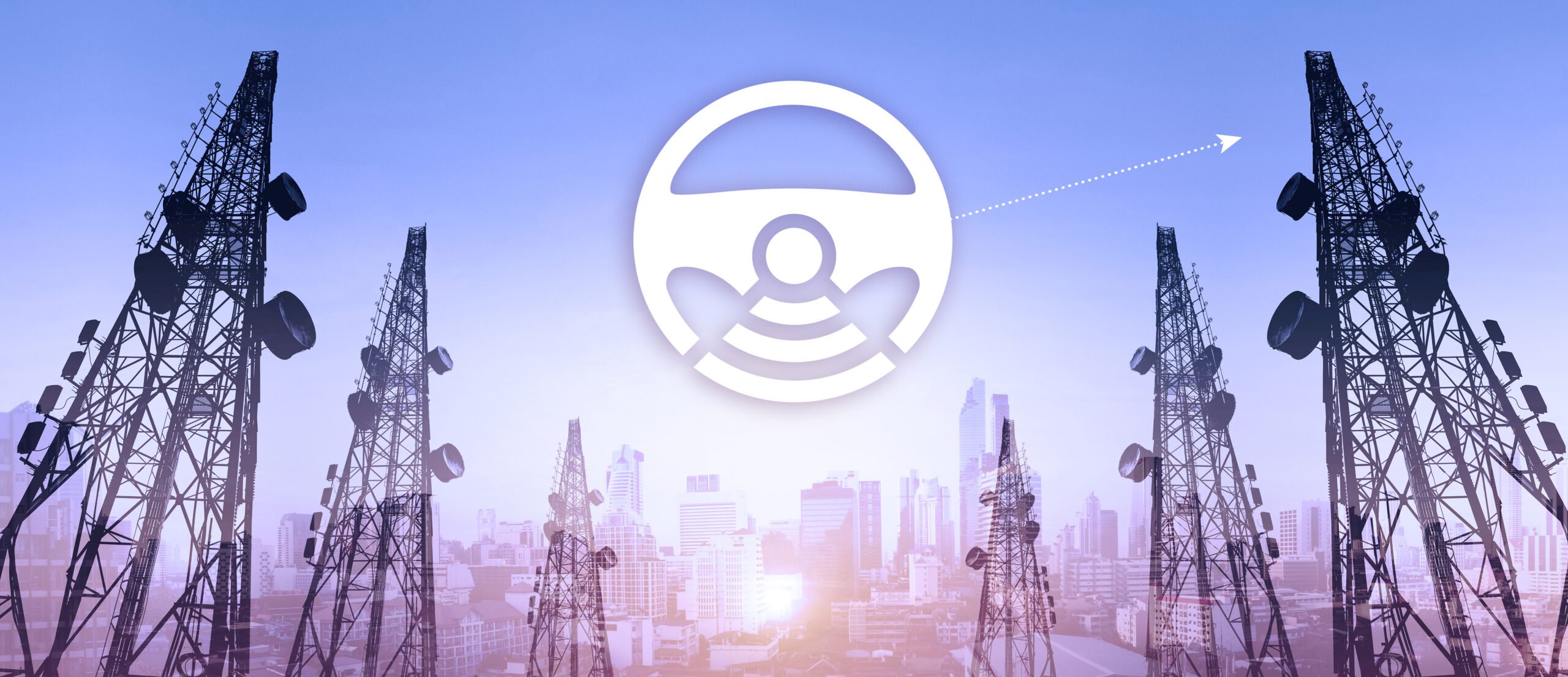With more than 20 years of experience in Telco prior to joining floLIVE, I was sure that I knew everything about Telecommunications. At floLIVE I learned that IoT is like another planet: it has different challenges, and even a very simple tracking device on a parcel traveling around the world does not behave the same way as a regular consumer tourist using roaming. Many known terms have a totally different meaning in the IoT world. Recently there is a lot of buzz and confusion around Steered or not Steered SIM. Is it good or bad for IoT? Actually both of the options are good but in different scenarios and for different devices. Let’s dive in and understand what kind of Steering exists and what can best fit your needs.






